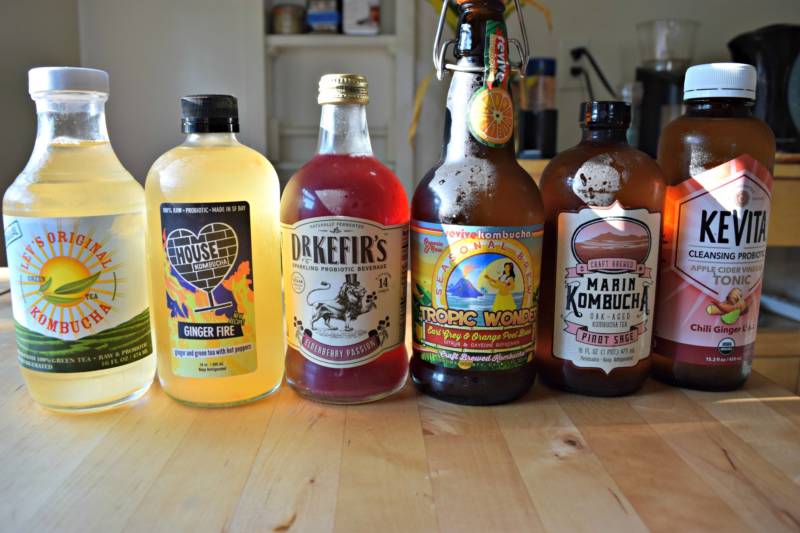While kombucha might seem like just another trendy food beloved by the Whole Foods set, the vinegary, fizzy drink made from fermented tea has a surprisingly long history. It’s been consumed across the world, from Japan to Germany, and while no one is entirely certain where it was invented, most theorize that it originated in China around 221 BCE.
When kombucha came to the US in the early 90s, people were intrigued--and started assigning it health benefits big and small. Some were convinced it cured cancer. Patients with HIV and AIDS drank it believing it could help their weakened immune systems. Others simply deemed it a great hangover cure. Kombucha’s mainstream rise in the early 2000s came at the same time we started getting obsessed with the state of our gut, and kombucha appeared to be a promising solution: it’s made from a SCOBY (a “symbiotic colony of bacteria and yeast”) that’s comprised of probiotics, which proponents say aid digestion. Kombucha’s popularity also coincided with declining rates of soda consumption--for the health conscious consumer, the fizzy, lightly sweetened kombucha made a great alternative to Diet Coke.
While you’ll find plenty kombucha devotees, most doctors agree that it doesn’t do much. It can even be dangerous: in 1995, an Iowa woman who drank kombucha daily died after a buildup of acid, and doctors blamed it on the kombucha. A 2003 German survey of research on the drink concluded, “On the basis of these data it was concluded that the largely undetermined benefits do not outweigh the documented risks of kombucha. It can therefore not be recommended for therapeutic use.” (The Mayo Clinic feels similarly.) If you brew it at home, there’s also a high risk of contamination and dangerous bacteria. And thanks to the fermentation process, it’s slightly alcoholic, which has caused controversy: in 2010, Whole Foods temporarily pulled bottles from stores after discovering that some varieties had up to 3% alcohol by volume. (When Lindsay Lohan’s alcohol monitoring ankle-bracelet went off, she blamed kombucha).
But despite the lack of evidence for its claims, kombucha hasn’t disappeared into the former food trend graveyard with Jell-O salad and bacon chocolate. In the Bay Area (where the New York Times set a 2010 trend article about the drink’s resurgence) you can get kombucha on tap at several cafes, and there continues to be a healthy Craigslist market for the terrifying-looking “mother” required to start making it at home. We’ve rounded up 6 popular brands easily accessible in the Bay Area (we shopped at Whole Foods and Berkeley Bowl)--if we missed your favorite, let us know in the comments.
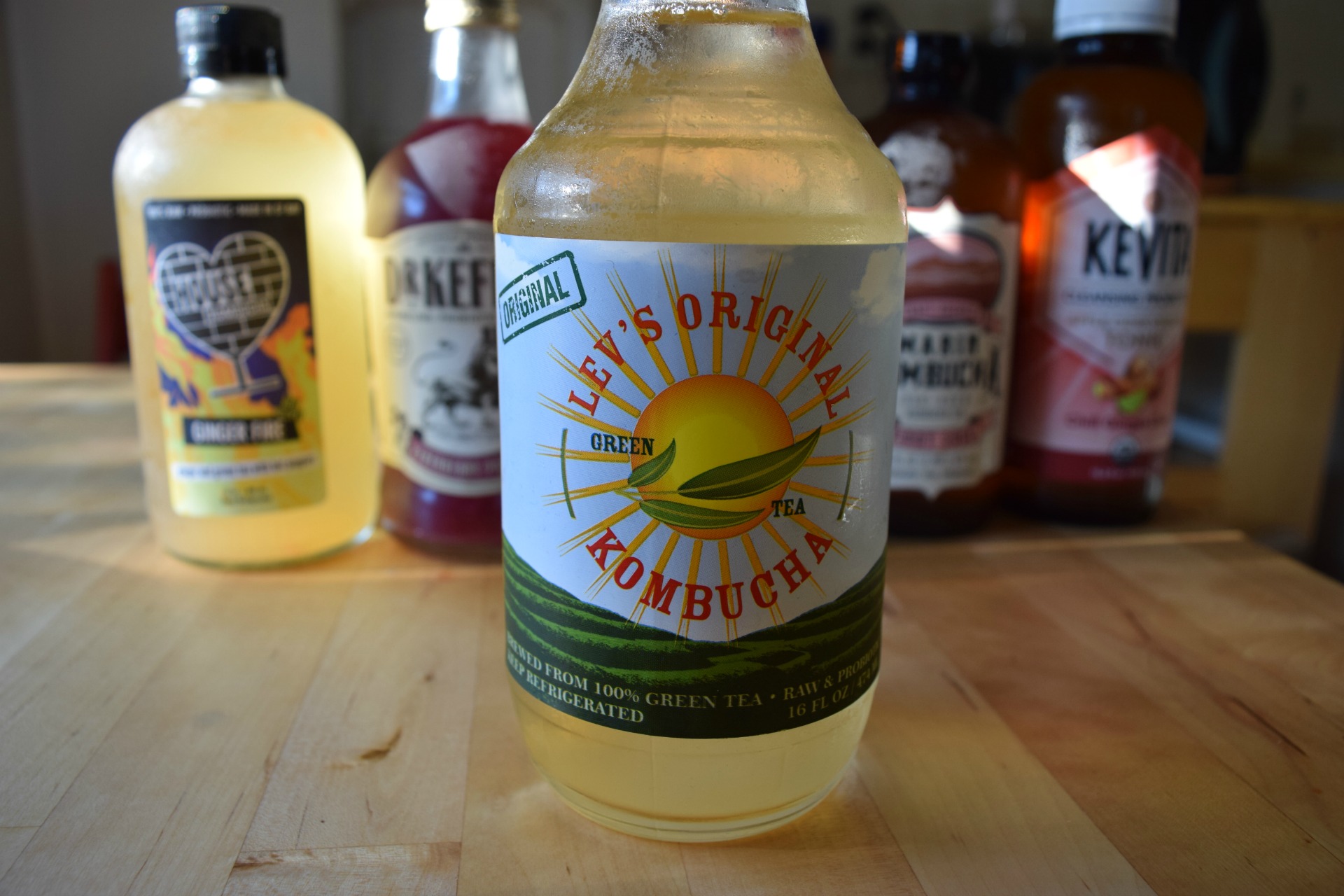
Lev Kilun grew up in Uzbekistan, where kombucha was--in his words--an “old woman’s drink.” He started brewing it in his Treasure Island kitchen in 2006, and was one of the first in the Bay Area to sell bottles of the stuff. His original flavor ($2.99), made of green tea, is mild and good for kombucha neophytes; it’s balanced, not too vinegary or sweet with 5 grams of sugar.
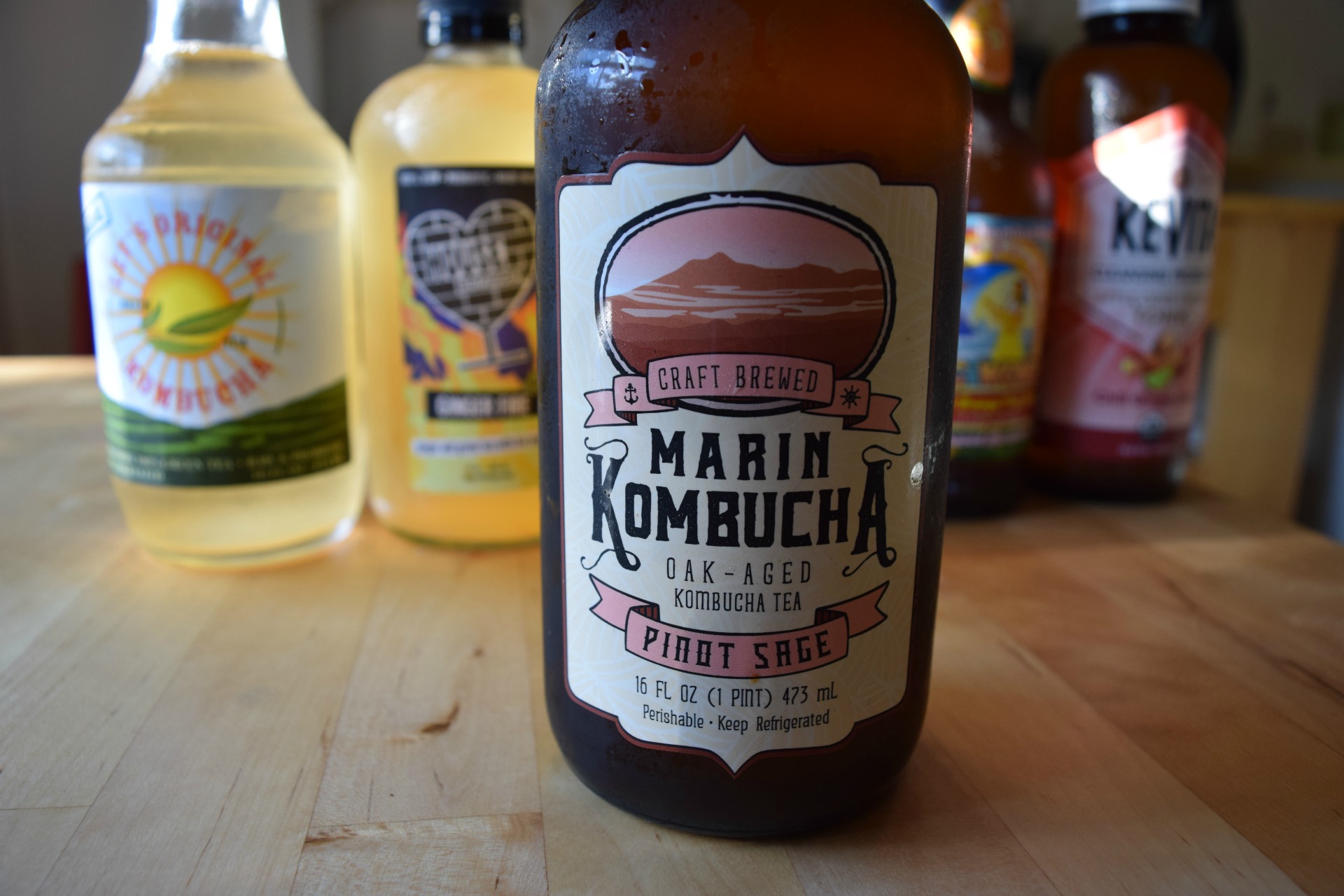
Marin Kombucha started producing kombucha last year, and sets themselves apart by taking a wine-like approach, using local, organic ingredients and aging their kombucha in oak bottles. The pinot sage ($3.99) is very sweet despite only containing 2 grams of sugar, with a hint of earthy sage cutting the sweetness.
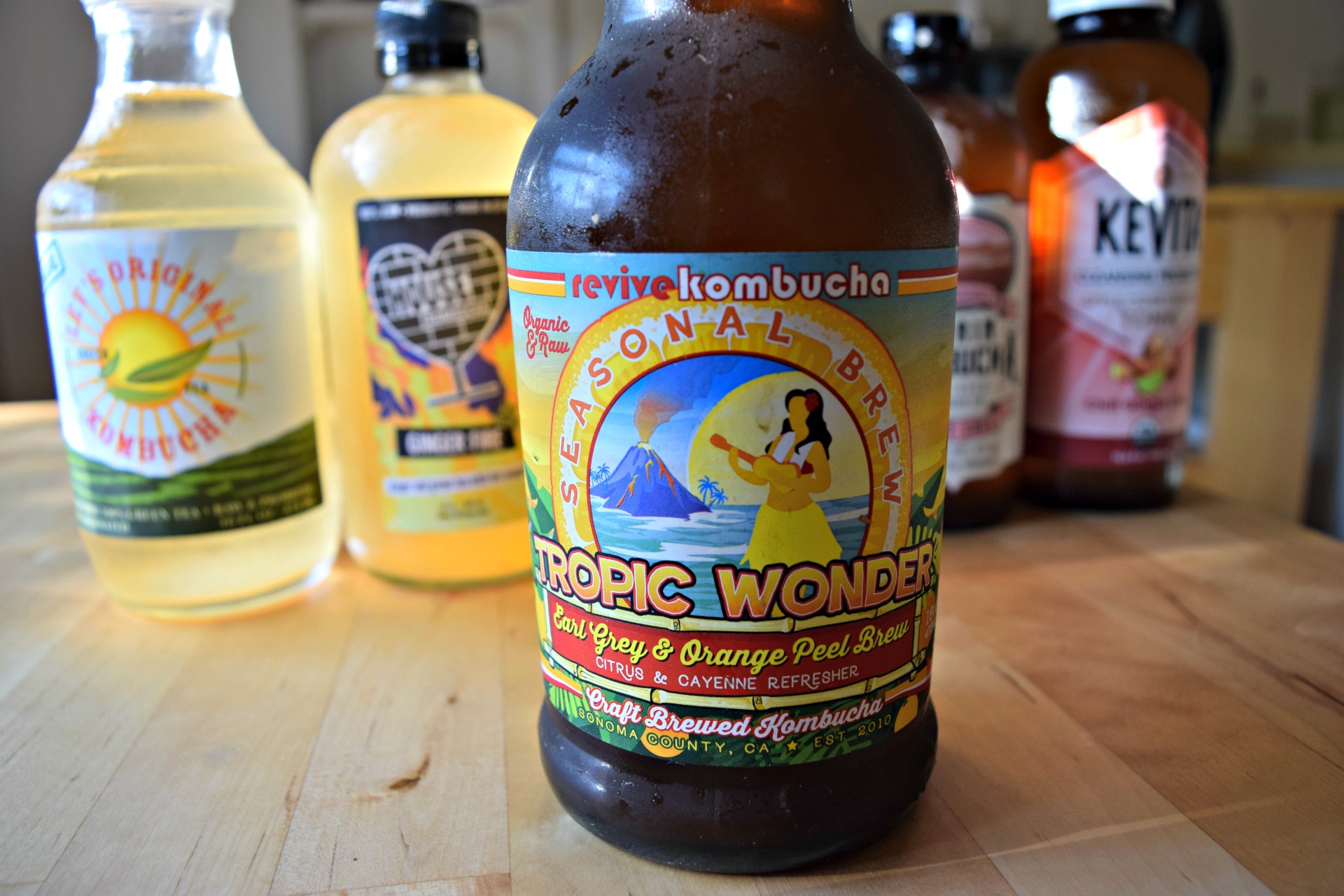
Sonoma County’s Revive Kombucha has been producing their line of kombuchas since 2010, and they’re good at branding: my bottle of the seasonal Tropical Wonder ($5.99, including a $2 bottle deposit) spun a charming story about relaxing at the beach. Taking a sip was like drinking a funky Orange Julius, with the Earl Gray foundation balancing the sweet mix of orange and vanilla. Despite its relatively high sugar content (8 grams), it’s decadent tasting but not cloying, thanks to a subtle hint of cayenne.
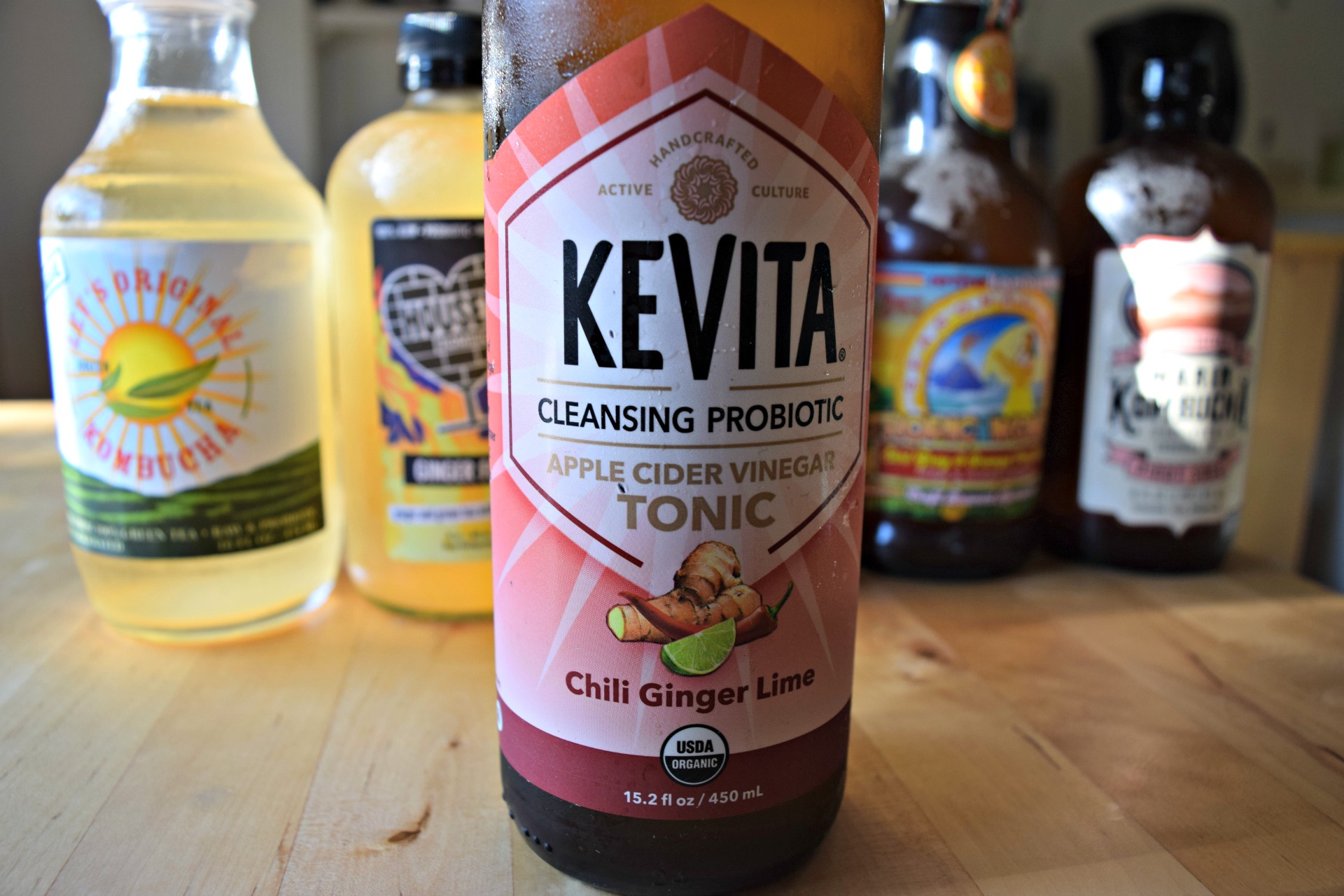
Oxnard-based Kevita offers a variety of gut improving drinks, including kombucha and a series of “cleansing probiotic” tonics. (Since it’s not tea based, they fall under the ambiguous umbrella of being a tonic, not kombucha.) But the tonics do contain a proprietary probiotic culture, so you’re still getting some gut-healthy benefits--the label ominously promises “cleaning to the core.” The chili ginger lime flavor ($2.84) is surprisingly mild and not carbonated, tasting mostly like apple cider vinegar (the second ingredient) than chili or lime. It’s organic and the 2 grams of sugar come from stevia, not sugar.
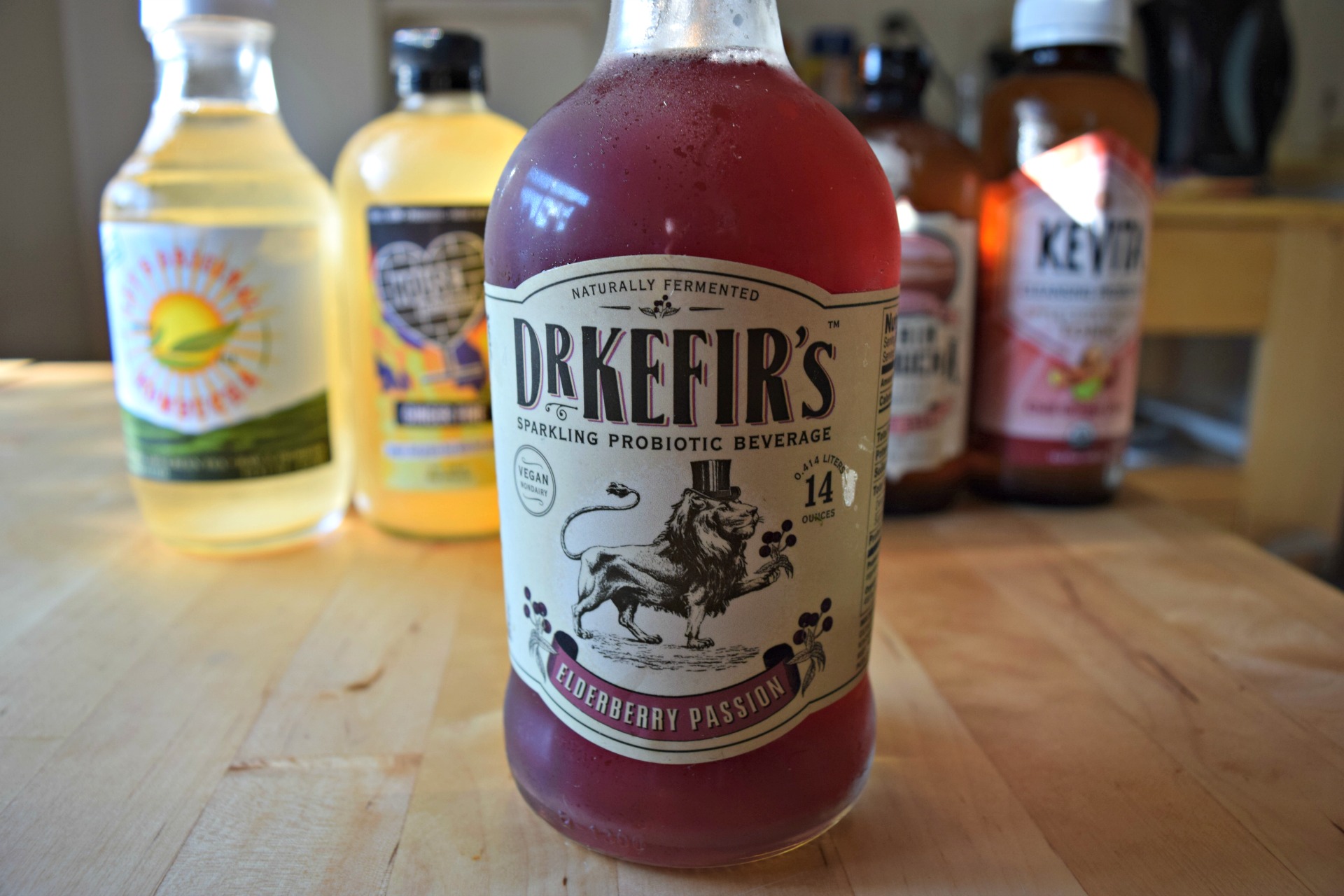
The organic kefir drinks from Santa Cruz’s Dr. Kefir aren’t tea based like a kombucha, but are instead made from water kefir crystals. Kefir is a better source of probiotics than kombucha, so it's a great alternative if you don’t want kombucha’s caffeine but still want its gut-healing benefits. The beautifully colored Elderberry Passion Fruit ($4.44) tastes mostly like raspberry, which overwhelms the elderberry, but the passion fruit adds a bit of tang. It’s sweet (8.75 grams of sugar) from cane sugar and figs and while it has a vinegary funk, it’s still fairly mellow.
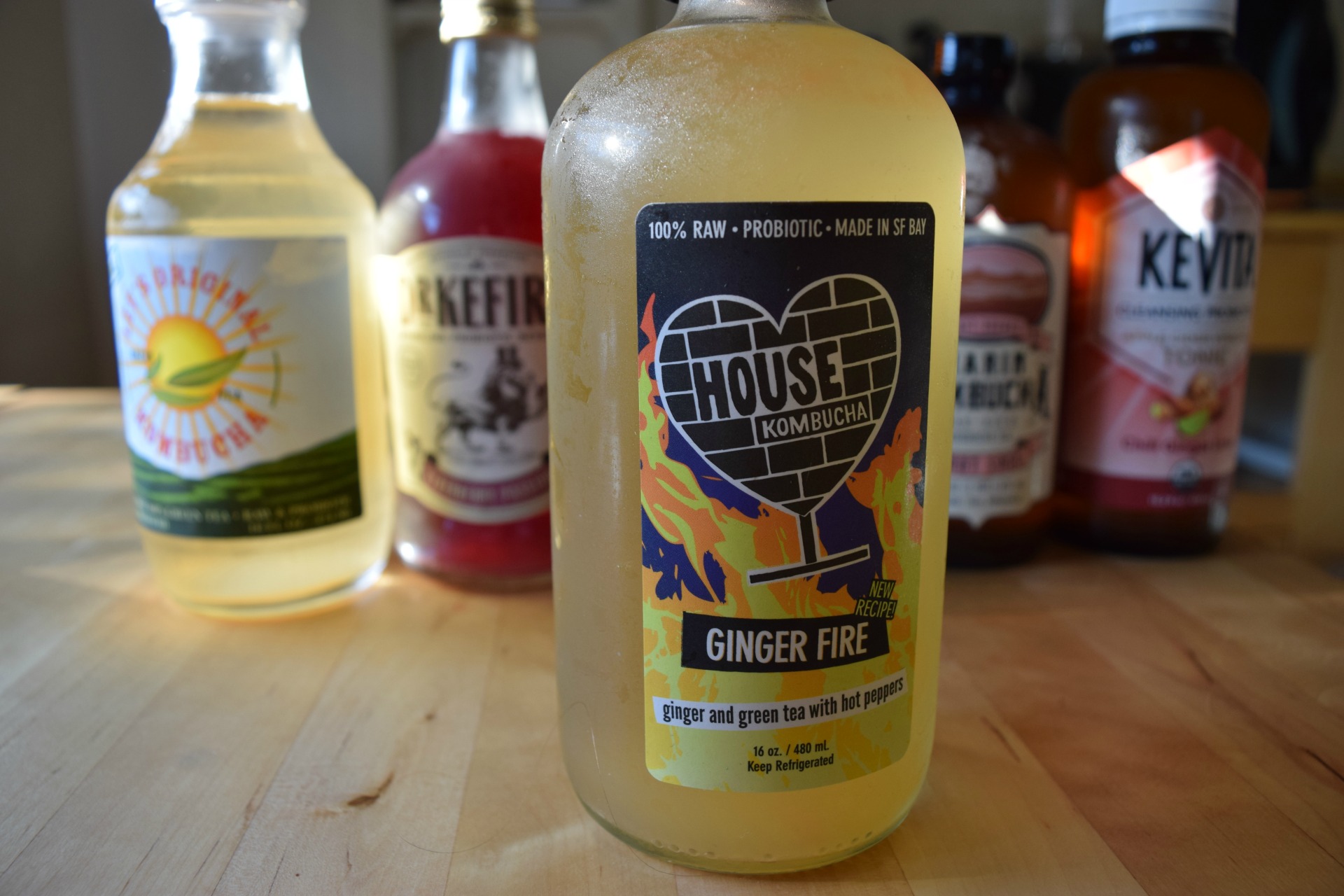
The $3.55 Ginger Fire kombucha from San Leandro’s House Kombucha (who donates 5% of their profits to local charities) is unique, from the Bahá'u'lláh quote on the bottle to its impressively sinus-clearing spice level: it’s way spicier than Kevita’s, and is rounded out with a hearty amount of lemon. It’s not too sweet, with it's low sugar (4 grams) and low caffeine content (it's made from green tea) making it a subtly warming option.
